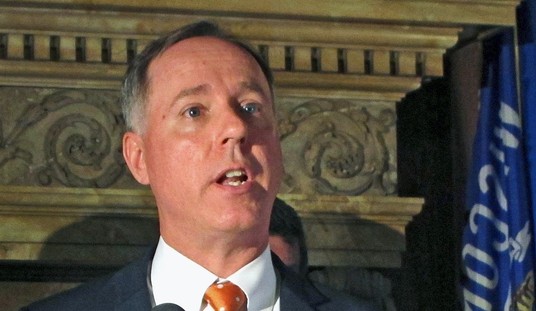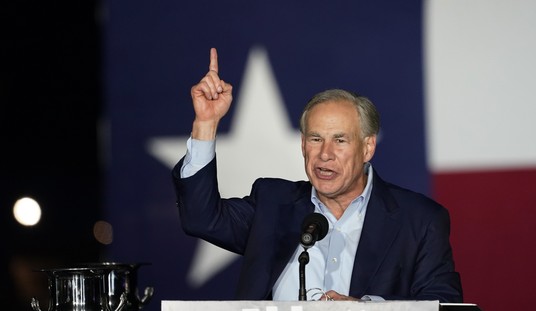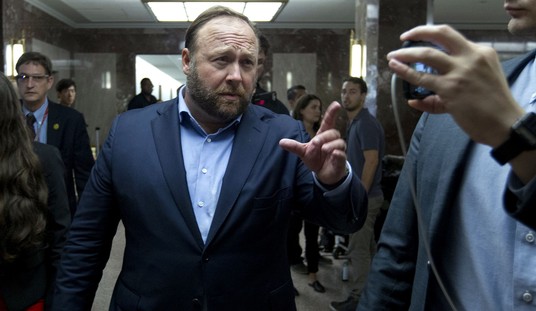Will anyone ever admit that ObamaCare has failed? The Associated Press and CBS New York reported last night that just a few months after the Obama administration bragged about enrolling 12.7 million people through the ObamaCare exchanges for 2016 — still far below initial projections for Year Three — 1.6 million people dropped out after the first quarter. The 13% decline sets the levels back close to last year’s levels of enrollment:
About 1.6 million people who signed up for coverage this year under President Barack Obama’s health care law dropped out by the end of March, according to administration figures released late Thursday.
The report from the Health and Human Services department said some 11.1 million people were still signed up. But that’s a drop of nearly 13 percent from the 12.7 million who initially enrolled for subsidized private coverage this year. Those dropouts failed to seal the deal by paying their premiums.
Recall that even the initial levels of enrollment only went half-way to initial projections. Im March, Brian Blase reminded readers at Forbes of the projections from both government and private analyses for enrollment by the 2016 term. He also predicted the retreat:
When the ACA passed in 2010, government and private research organizations projected between 21 and 27 million exchange enrollees in 2016. The Congressional Budget Office (CBO) projected 21 million enrollees, the Urban Institute projected23.1 million, the Centers for Medicare and Medicaid Services projected 24.8 million, and the Rand Corporation projected 27 million.
During this year’s open enrollment, 12.7 million people selected plans. Since many people who select plans fail to effectuate enrollment by paying premiums and there was large attrition in net exchange enrollment during both 2014 and 2015, there will likely only be about 10 million exchange enrollees by the end of the year and only about 11 million enrollees, on average, in 2016.
Most of the organizations projected a major increase in enrollment in 2016 as the size of the individual mandate penalty reaches its peak—the greater of $695 per person or 2.5 percent household income above the tax filing threshold. In a briefing to congressional staff on the effects of repealing the ACA that I attended as a Senate staffer last June, CBO experts projected that exchange enrollment would nearly double between 2015 and 2016, largely because of both an increase in awareness of the mandate and the increase in the penalty size. In stark contrast to the projections of CBO and others, sign-ups increased by less than 10% between the 2015 and 2016 open enrollment periods.
What happened? Millions of people have rejected the individual mandate to purchase coverage, choosing to pay the fine instead. As a result, the risk pool became inundated with high-utilization consumers with less cash, requiring much higher subsidy payments with little undergirding of healthier consumers to exploit to buffer costs:
The table below shows enrollment by income group in 2015 and 2016 contrasted to the Urban Institute’s projections of 2016 enrollment made in January 2015. The table shows that exchange enrollees are much poorer than Urban expected. Other groups, including CBO and Rand, also made large errors with this projection. For example, when the law passed, Rand projected that nearly half of exchange enrollees would be unsubsidized when the law was fully implemented.
About two-thirds of enrollees in both 2015 and 2016 have income below 200% of the FPL. People earning less than 200% of the FPL qualify for both large tax credits to reduce exchange plan premiums as well as subsidies that substantially reduce exchange plan deductibles and other cost-sharing amounts.
Blase co-authored a study released this week from the Mercatus Center at George Mason University that warned about the imminent crisis in ObamaCare markets, and detailed its causes:
- Individual QHPs [qualified health plans in ObamaCare] had loss ratios (medical claims divided by premium income) of 110 percent. These were significantly higher than the loss ratios for group QHPs (82 percent) and individual non-QHPs (83 percent), both of which were well within the historic norm for health insurance plans.
- These losses came as the result of per-enrollee medical claims that were 24 percent higher for individual QHPs than for group QHPs and 93 percent higher for individual QHPs than for individual non-QHPs.
- The large losses came despite the ACA targeting the individual QHP market with significant subsidies, particularly payments through the reinsurance program equal to 20 percent of premium income. The reinsurance program is set to expire after 2016, which will undoubtedly cause premiums to rise as insurers strive to reach profitability.
- These results indicate that the ACA’s regulations may be unsuitable for the individual market. This situation could pressure policymakers to revise or reverse some of the changes made by the ACA.
Premiums for 2017 will go up by double digits in many states, which will make the risk-pool selections even worse and hasten exits from the system by both consumers and insurers. Thus far, the latter have continued to give lip-service support to ObamaCare even while pulling out of the markets. In my column for The Fiscal Times, I point out that insurers are trying one last time to get taxpayers to bail them out before they finally admit that ObamaCare is an utter disaster:
Insurers helped cheerlead the creation of Obamacare, with plenty of encouragement – and pressure – from Democrats and the Obama administration. As long as the Affordable Care Act included an individual mandate that forced Americans to buy its product, insurers offered political cover for the government takeover of the individual-plan marketplaces. With the prospect of tens of millions of new customers forced into the market for comprehensive health-insurance plans, whether they needed that coverage or not, underwriters saw potential for a massive windfall of profits.
Six years later, those dreams have failed to materialize. Now some insurers want taxpayers to provide them the profits to which they feel entitled — not through superior products and services, but through lawsuits.
Earlier this month, Blue Cross Blue Shield of North Carolina joined a growing list of insurers suing the Department of Health and Human Services for more subsidies from the risk-corridor program. …
Even the Kaiser Foundation, which has supported Obamacare, has admitted that the flood of red ink has become a major issue. “I don’t know if we’re at a point where it’s completely worrisome,” spokesperson Cynthia Cox told NPR, “but I think it does raise some red flags in pointing out that insurance companies need to be able to make a profit or at least cover their costs.”
Red flags have flown all over the Obamacare model for six years. Instead of suing the federal government for losses created by a system for which they bear more than a little responsibility, insurers should finally admit out loud that the ACA is anything but affordable – not for insurers, and certainly not for consumers or taxpayers. When that finally happens, we can then start working on a viable solution based on reality rather than fealty to a failed central-planning policy.
That day is coming soon. In fact, The Atlantic reports that the death spiral may have already begun in Alaska. It won’t be long before it works its way to the lower 48.








Join the conversation as a VIP Member